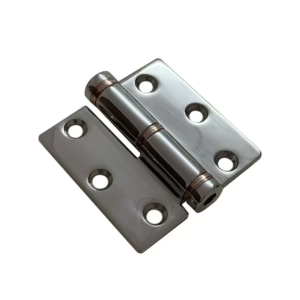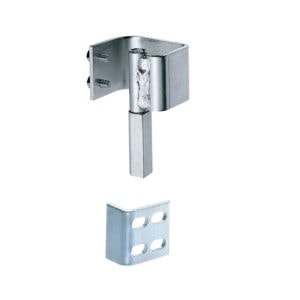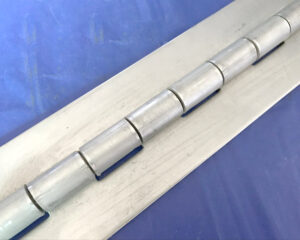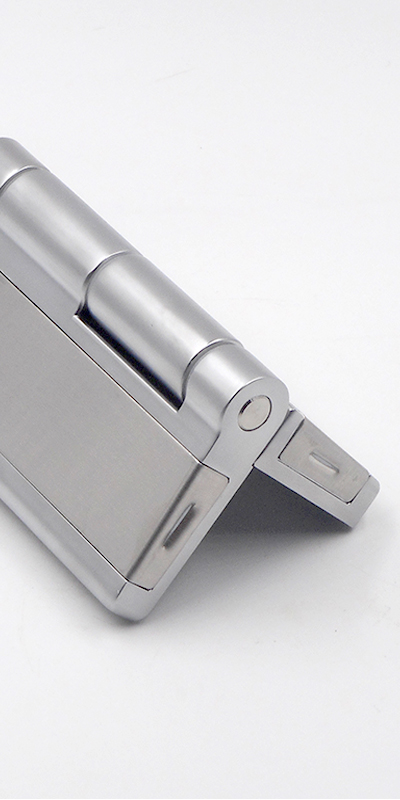In harsh outdoor environments, choosing the right heavy-duty hinge isn’t just a technical detail — it’s a business decision that affects equipment performance, safety, and long-term costs.
For outdoor industrial use, the best heavy duty exterior hinges are made from corrosion-resistant materials like stainless steel or hot-dip galvanized steel, and are designed to support high loads, resist rust, and withstand extreme weather.
If you’ve ever had a hinge seize up, rust through, or sag under the weight of a panel, you know how frustrating and costly it can be. Here’s how I approach choosing the right one.
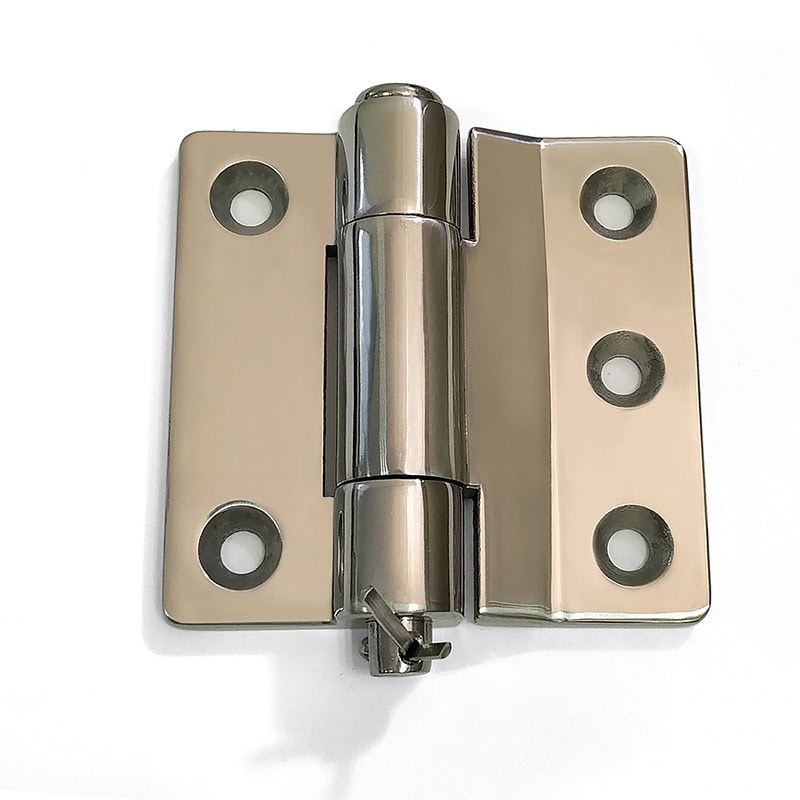
Material Matters: Picking the Right Metal for Harsh Weather
The first thing I look at is the material. In industrial environments where equipment is exposed to rain, salt air, heat, or even chemicals, regular steel or low-grade metals just won’t last. I’ve learned this the hard way—especially on equipment deployed near coastal areas.
Stainless steel, especially 316-grade, is my go-to for marine or high-humidity environments. It’s not cheap, but it lasts. In less aggressive climates, electro-galvanized steel or hot-dip galvanized finishes also offer solid rust protection at a lower cost. I’ve used Electro-Galvanized and Hot-Dipped Hinges on electrical cabinets and never had a rust issue, even after years of exposure.
For lighter-weight applications, aluminum can be an option, but it’s not ideal for heavy doors or high-impact use.
Load Capacity and Structural Strength
Next, I always evaluate the weight and size of the door or panel the hinge will support. It sounds obvious, but I’ve seen too many projects where someone used the wrong hinge, and the door either sagged or tore the hinge right out of the frame.
For anything with weight or frequent use, I look for heavy duty hinges with internal reinforcement or added thickness. I’ve had great results with piano hinges on wide industrial access panels—they distribute the load across the full length, reducing stress on any single point. They also help when you’re dealing with vibration or wind forces.
If I need the door to be removable, especially for equipment that requires servicing, I go with Take-Apart Hinges. These let you remove the door without tools, which is a huge time-saver in the field.
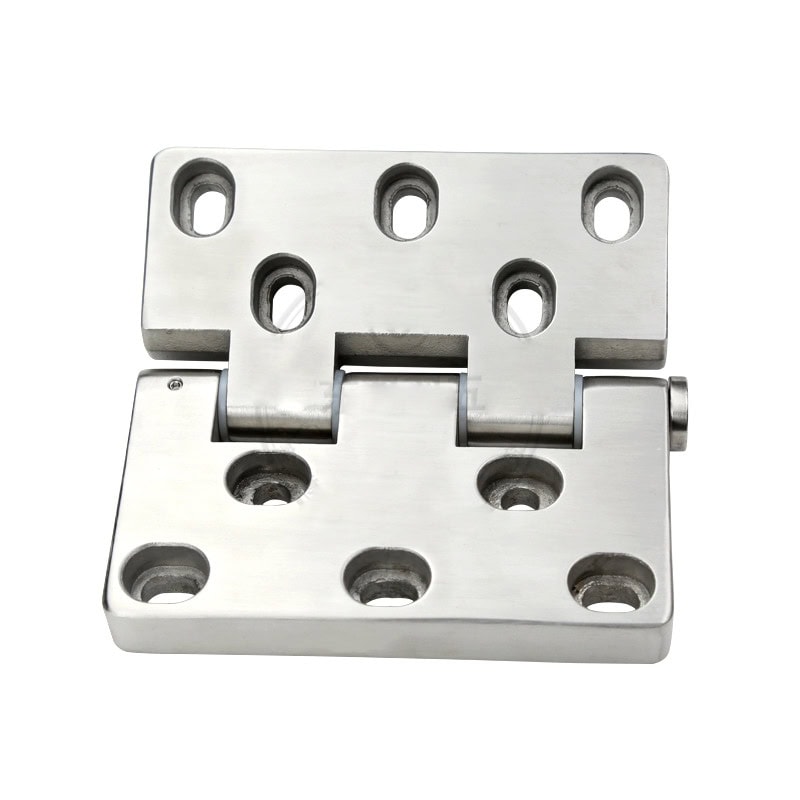
Rust Prevention Is Non-Negotiable
I can’t overstate how important rust resistance is. Once corrosion sets in, the hinge becomes a liability. I make it a rule to only buy hinges that are either made from rust-proof material or come with serious surface protection.
I’ve used 316 stainless steel on outdoor cabinets for years without a single complaint. In more budget-sensitive projects, hot-dip galvanizing has done the job, especially if paired with regular maintenance. I also pay attention to the Importance of Lubrication for Heavy-Duty Barrel Hinges. Keeping hinges greased not only prevents rust but also extends the hinge’s life.
One trick I use: if a hinge doesn’t mention salt spray testing or outdoor ratings in the spec sheet, I skip it.
Mounting Method Should Fit the Application
A strong hinge isn’t much use if it’s installed wrong. The way the hinge mounts should match how the equipment will be used. For permanent, high-strength applications—like storage containers or large outdoor enclosures—I prefer weld on hinges. They hold up under stress and can’t be easily tampered with.
For lighter doors or ones that may need adjustment over time, bolted or screwed-on options are more practical. I always make sure the mounting surface is solid and aligned. If it’s not, even the strongest hinge will wear out fast.
Also, I’ve learned to check that the hinge allows for enough movement or has built-in adjustability. A hinge that binds will wear out faster or damage the panel.
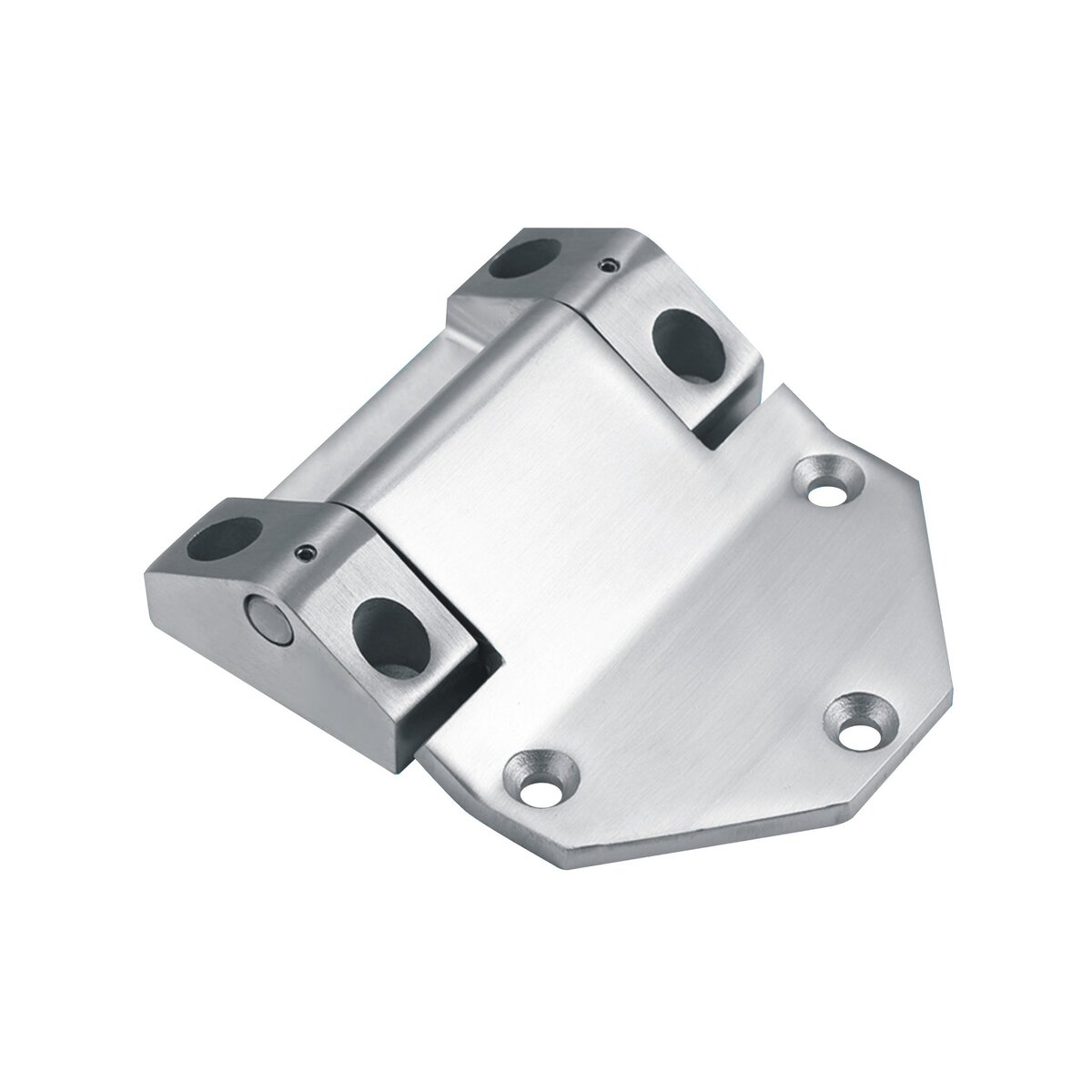
Don’t Forget Certification and Ratings
Finally, I always check if the hinge meets any relevant industrial standards. This is especially important if I’m buying from overseas suppliers or using the hinge in a regulated industry.
Hinges with a Grade 13 rating (under EN 1935) are what I look for in high-load, high-use environments. They’re rated for more cycles and heavier doors. I also consider if the hinge has any ISO or CE marks—it’s a quick way to confirm it’s been through at least some kind of quality check.
For smooth operation under load, ball bearing butt hinges have also served me well on heavy doors.
Conclusion
At the end of the day, choosing heavy duty exterior hinges for harsh outdoor conditions comes down to understanding your environment, the demands on the hinge, and making sure the materials and design are up to the task. I don’t cut corners here—because a failed hinge in the field means downtime, cost, and lost trust.

